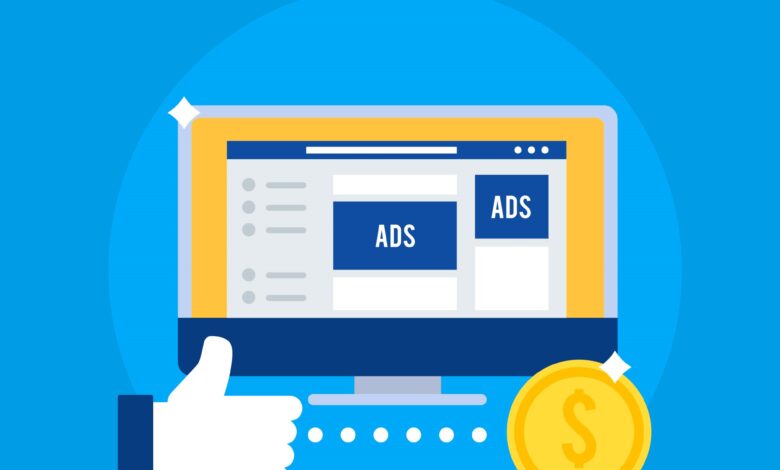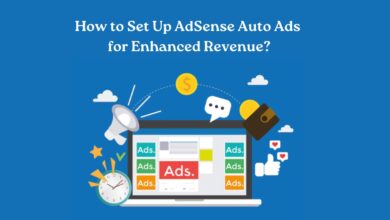Understanding Google AdSense Payment Thresholds and Payouts

Google AdSense stands as a premier advertising platform that empowers website owners and content creators to monetize their digital content. Understanding its payment thresholds and payout mechanisms is crucial for effective utilization. This article delves into the significance of Google AdSense payment thresholds, their operational mechanisms, and how to manage them, including common misunderstandings and solutions.
What is Google AdSense Payment Threshold?
The Google AdSense payment threshold is the minimum earnings required for a publisher to qualify for a payout. It acts as a milestone before Google initiates payment. This threshold varies depending on factors such as payment method and currency.
Importance of Understanding the Threshold:
Understanding the payment threshold is essential for publishers to effectively manage their revenue. It enables setting realistic goals and anticipating payout timelines. Additionally, comprehending the threshold aids in optimizing content and ad strategies for maximum revenue generation.
How Does it Work?
1. Minimum Earnings:
The payment threshold varies based on factors like currency and payment method. For example, it might be $100 for publishers using electronic funds transfer (EFT) in US dollars.
2. Accumulated Earnings:
Publishers earn revenue through AdSense by displaying ads on their website(s), and these earnings accumulate in their AdSense account from ad clicks, impressions, and interactions.
3. Reaching the Threshold:
Once total earnings reach or exceed the payment threshold, the account becomes eligible for a payout. Google initiates payment based on accumulated earnings.
4. Payment Frequency:
Payments are usually monthly, around the 21st, if the payment threshold is met.
5. Carryover of Earnings:
If earnings don’t meet the threshold by month-end, they carry over to the next month. The threshold must be reached within a single payment cycle for a payout.
6. Adjusting the Threshold:
Publishers can adjust the payment threshold to suit their preferences, opting for larger payments less often or smaller payments more frequently.
Detailed Steps:
1. Access Your AdSense Account:
- Log in to your Google AdSense account.
2. Navigate to Payment Settings:
- Locate the “Payments” section within your account.
3. View Payment Threshold:
- Review your current payment threshold settings.
4. Select Payment Method:
- Choose your preferred payment method, such as bank transfer or check.
5. Adjust Threshold:
- Set the payment threshold according to your preferences, considering factors like frequency of payments and desired payout amounts.
6. Save Changes:
- Confirm your settings to save changes made to your payment threshold.
7. Monitor Earnings:
- Keep track of your AdSense earnings to gauge progress towards reaching the payment threshold.
8. Receive Payout:
- Once the threshold is met, Google AdSense will initiate a payment based on the accumulated earnings.
Common Misunderstandings:
1. Confusion about Thresholds:
Some publishers may misinterpret the payment threshold, leading to uncertainty about when payouts will occur.
2. Delayed Payments:
Publishers might mistakenly believe there’s an issue with their account if they haven’t reached the payment threshold, resulting in unnecessary concerns about delayed payments.
3. Currency Conversion:
Publishers operating in different currencies may overlook the impact of currency conversion rates on their earnings and payment thresholds, leading to discrepancies in payout expectations.
Conclusion:
Understanding Google AdSense payment thresholds and payouts is essential for publishers looking to monetize their digital content effectively. By grasping the concept, following detailed steps, and addressing common misunderstandings, publishers can streamline their revenue management process and ensure a steady flow of income from their online endeavors.
Check www.intogeeks.com for more information about Google AdSense.




